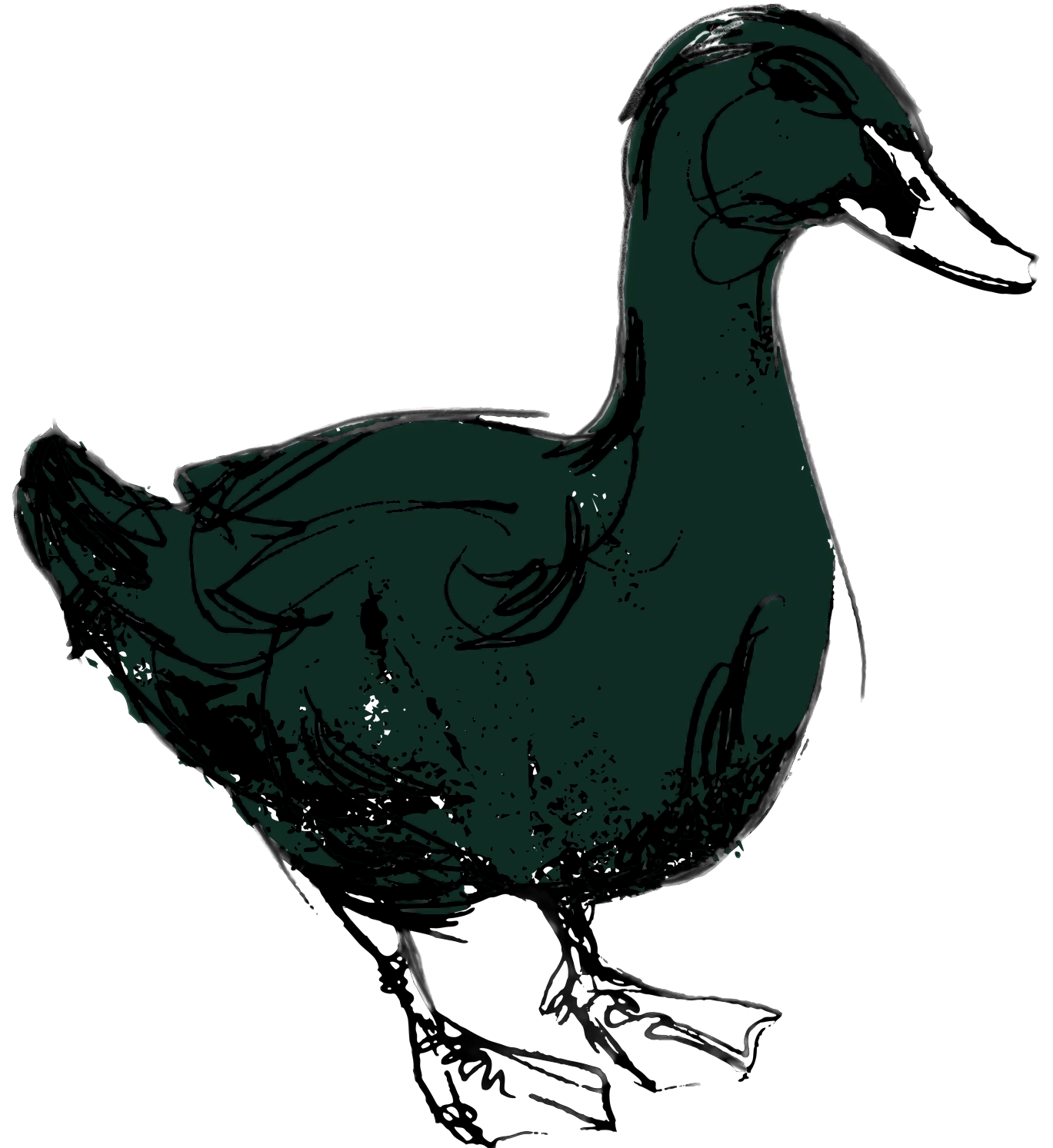I know a number of people who’ve created a Forest Garden say the first tree on their list was the Mulberry. Well, there must be something in the type of people who grow Forest Gardens and Mulberry trees; because it has been a tree I’ve wished to grow for years.
 Mulberry is a tree with so many great points. Initially I fell in love with the tree for its lovely, almost loganberry like fruit, its beautiful shape and lovely large leaves. It is the sort of tree that looks fantastic as a centre piece to a garden – allowed to grow old and gnarled.
Mulberry is a tree with so many great points. Initially I fell in love with the tree for its lovely, almost loganberry like fruit, its beautiful shape and lovely large leaves. It is the sort of tree that looks fantastic as a centre piece to a garden – allowed to grow old and gnarled.
But this is just the start of what makes this tree so special. If you raise chickens this is a great tree to have over shadowing their run. Not only does its broad shape create good shade, but chickens adore and do well on their fruit and these fruit can drop over a long period.
It is not just the fruit that is popular with animals. The leaves are also very high in protein (in some varieties more than 20% protein) and ideal to feed to animals. As we have both rabbits and sheep on the farm, we have plenty of use for a crop like this!
We have chosen a black mulberry for our forest garden for its flavour. There are also white and red mulberry varieties. White mulberry trees (Morus Alba) are the host plant for silkworms and King James I had a Mulberry Garden planted at Buckingham Palace to cultivate silk worms. Unfortunately it is thought that black mulberries were planted and the venture failed.
The white mulberry is also a good buffer tree to plant next to a black walnut. It tolerates juglone – a growth inhibitor produced by the walnut roots to protect its territory.
Our tree is now planted and we look forward to our first harvest (though it may take a few years). The picking season is through August and September (or more like the shaking season!) The best way to gather the fruit is by shaking branches over a sheet spread on the ground and be warned the fruit can stain.





